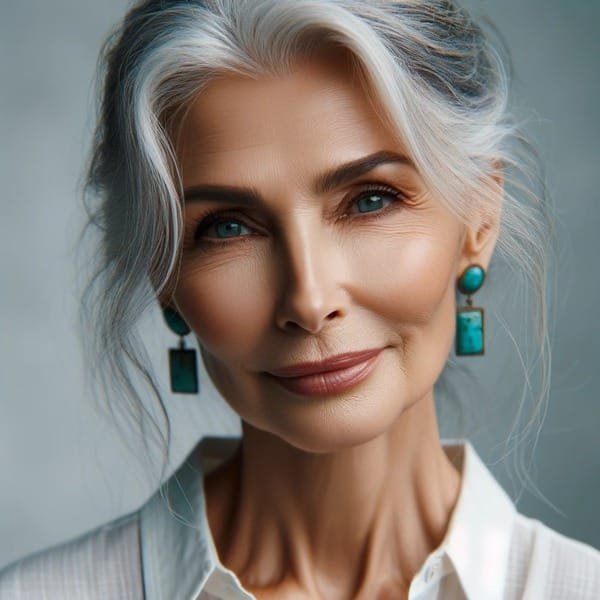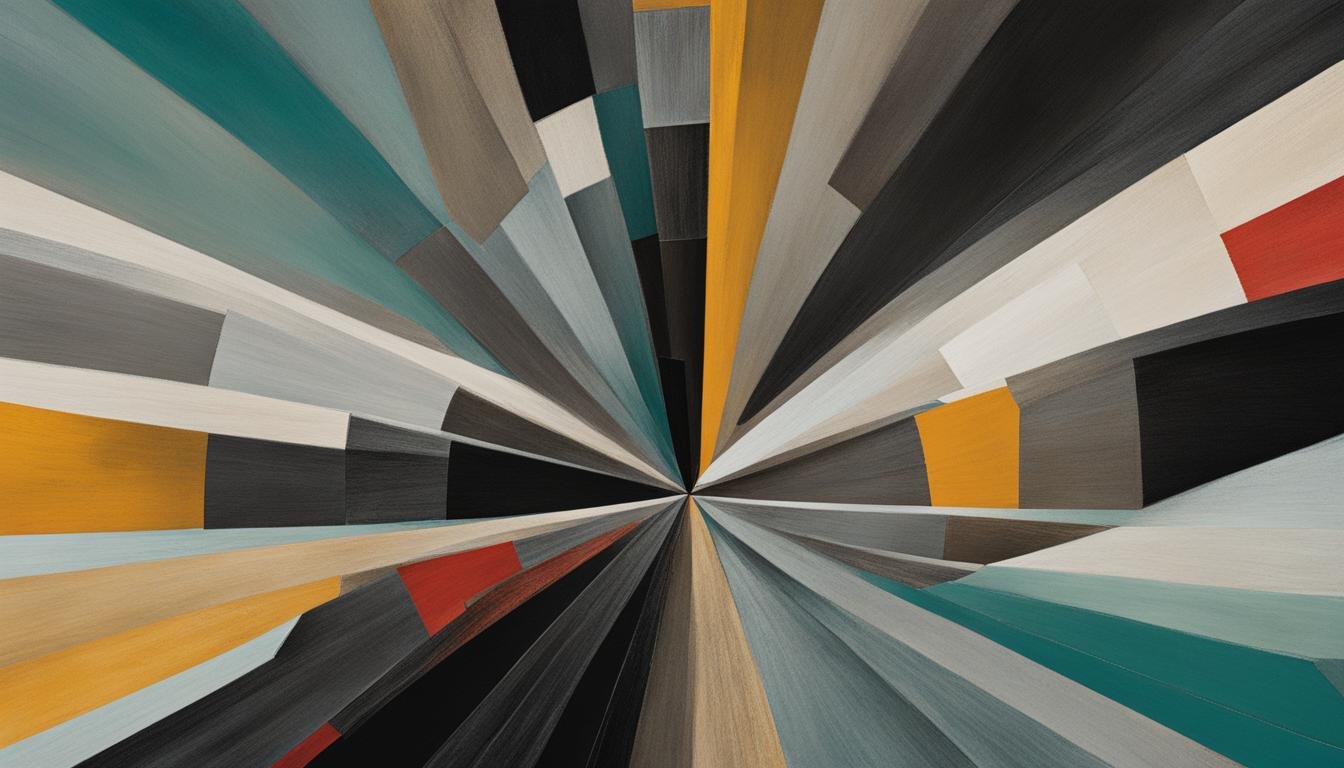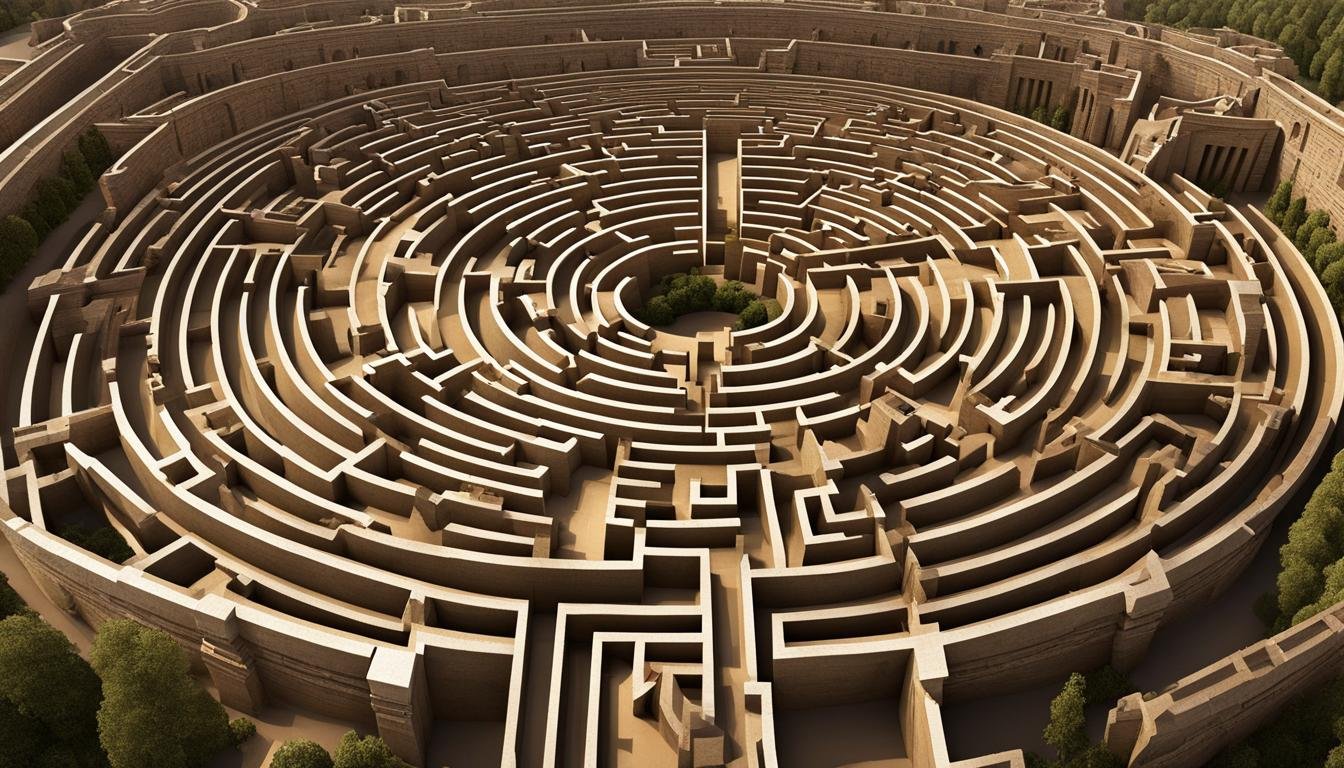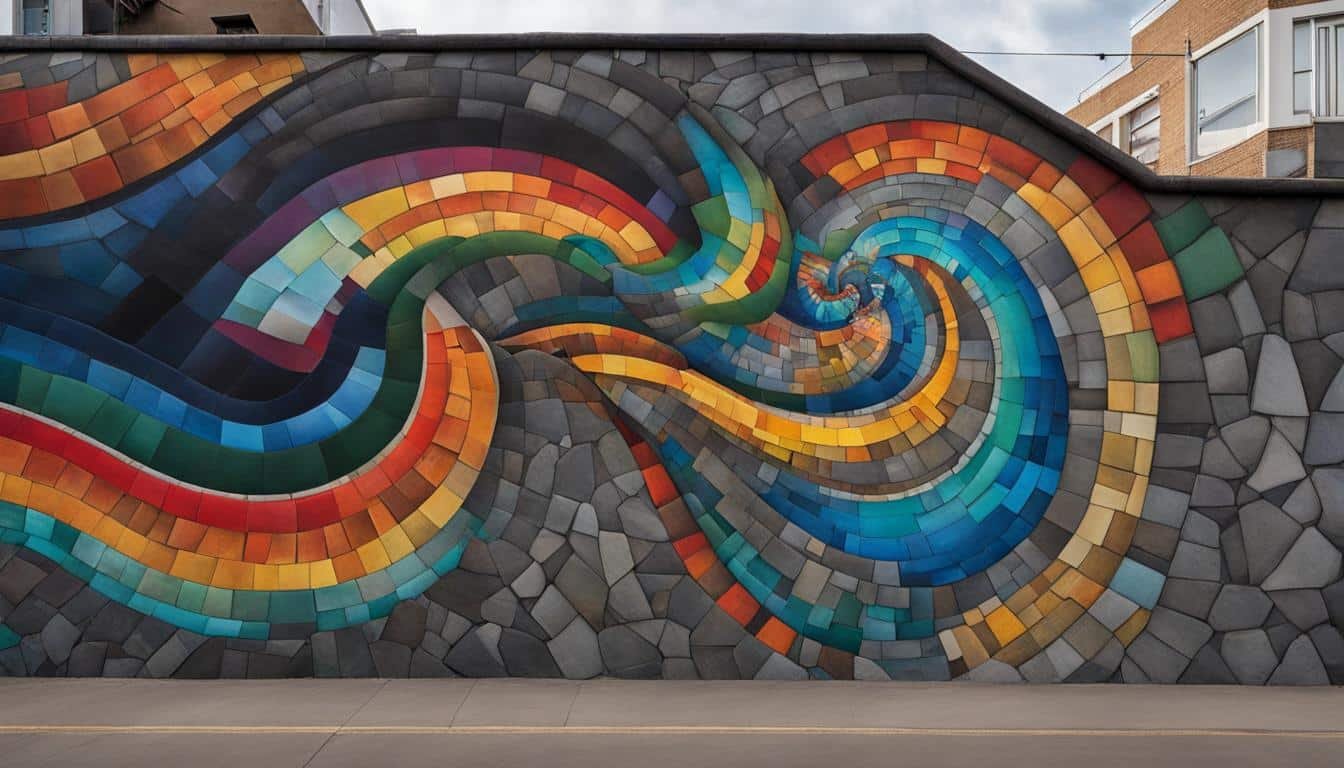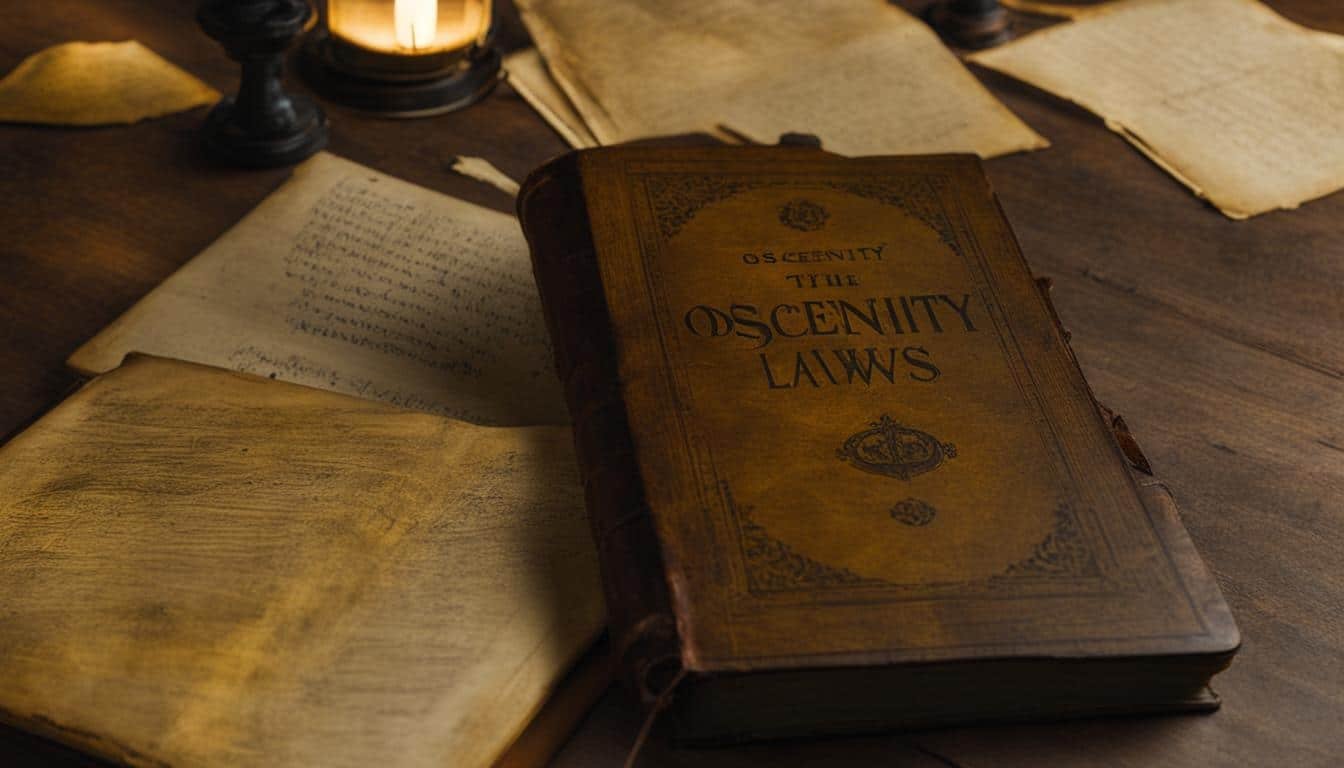In the United States, artistic expression enjoys protection under the First Amendment, guarding against government censorship of controversial works. However, there are limitations on artistic expression based on content. Material that is considered obscene or indecent may be subject to censorship, although legitimate artistic expressions are exempted from this definition. Additionally, artistic expression that infringes upon the rights of others, such as defamatory works, may also be censored. The government can impose reasonable time, place, and manner restrictions on artistic expression in public spaces. Furthermore, funding for the arts can be used as an indirect form of censorship, as the government has the right to refuse financing for projects it deems indecent or offensive.
Key Takeaways:
- The First Amendment protects artistic expression in the US, but there are restrictions based on content.
- Obscene or indecent material may be subject to censorship, but legitimate artistic expressions are exempted.
- Artistic expression that infringes upon the rights of others may be censored.
- The government can impose reasonable time, place, and manner restrictions on artistic expression in public spaces.
- Funding for the arts can be used as an indirect form of censorship.
The Scope of Protection for Artistic Expression in the US
When it comes to artistic expression, the United States has a complex legal framework that aims to balance freedom of speech with protecting the public interest. The level of protection afforded to artistic expression varies depending on the nature of the speech, with some forms of expression receiving more comprehensive protection than others.
Under the First Amendment, artistic expression through speech or writing, especially in the form of political protest or satire, is given robust protection. This means that artists have the freedom to create and share their work without fear of censorship or government interference. However, it’s important to note that not all forms of artistic expression receive the same level of protection.
Art created for commercial purposes or without an expressive message, such as nude dancing or purely aesthetic works, may be entitled to less protection. The Supreme Court has established that obscene artistic expression, which lacks serious artistic or literary value, can be subject to censorship. Similarly, indecent works that make use of offensive language may be restricted in certain contexts, such as television or radio broadcasts.
Table: The Scope of Protection for Artistic Expression
| Form of Artistic Expression | Level of Protection |
|---|---|
| Artistic expression through speech or writing, especially political protest or satire | Comprehensive protection |
| Art created for commercial purposes or without an expressive message | Less protection |
| Obscene artistic expression without serious artistic value | Subject to censorship |
| Indecent works that make use of offensive language | Restricted in certain contexts |
It’s also worth mentioning that the government is generally prohibited from imposing prior restraints on artistic expression. However, there are limited exceptions to this rule. For example, film producers may be required to submit their movies for rating prior to public showing, ensuring that appropriate warnings and restrictions are in place for certain audiences.
Overall, while the protection of artistic expression is a fundamental right in the US, there are certain limitations and restrictions in place to balance this right with other societal interests.
The Role of Government in Censoring Artistic Expression
When it comes to government censorship of artistic expression in the United States, the boundaries can be complex and controversial. While the First Amendment protects artistic expression as a form of free speech, the government does hold certain powers to regulate and restrict it under specific circumstances.
In public spaces designated for the exchange of ideas, such as public parks, the government must have a compelling interest to completely ban artistic expression. However, it can enforce reasonable time, place, and manner restrictions to maintain order. In designated public forums, censorship based on content is allowed as long as it aligns with the purpose of the place. Nonpublic forums, like military facilities or private offices, grant the government the authority to fully censor expression, provided the restrictions are reasonable.
Additionally, the government can indirectly influence artistic expression by determining which projects receive funding. It has the right to refuse financing to projects it deems indecent or offensive. However, it’s important to note that these censorship attempts by the government have often faced legal challenges and have been largely unsuccessful due to the strong protection of artistic freedom under the First Amendment.
In conclusion, while the government in the US does possess the power to censor artistic expression in certain situations, it is limited by the constitutional protection of free speech. The delicate balance between protecting individual rights and maintaining societal order continues to shape the boundaries of artistic expression in the United States.
Source Links
- https://firstamendment.mtsu.edu/article/art-censorship/
- https://www.aclu.org/documents/freedom-expression-arts-and-entertainment
- https://freemuse.org/issues-in-focus/indecency/
